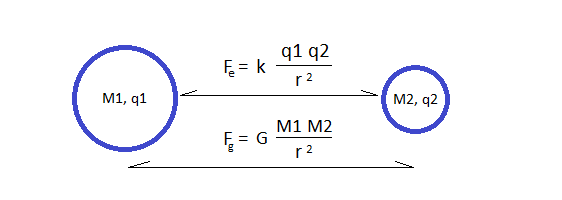The NASA DART probe that I wrote about a year ago has reached its destination. It has crashed into an asteroid in order to alter its orbit around another, larger asteroid.
The impact happened on September 27. Pictures taken by the probe immediately before impact show a surface littered with rocks and dust. Telescope images show a relatively stable, star-like pattern of ejected dust and debris. Not the nebulous cloud we might have expected.
Accurate data related to the collision and its impact on the orbit of the system will be collected in the weeks to come.
NASA predicts about 1% shorter orbit, or roughly 10 minutes. I was under the impression that the aim was to widen the orbit, but I was evidently wrong in this. However, this doesn't take anything away from my overall prediction, which is based on my belief that asteroids are more massive than NASA thinks they are.
I expect the impact to be less effective than NASA predicts. The orbit may also partially or fully restore to its pre-impact trajectory due to the dual effect of gravitational attraction and electrostatic repulsion.
 |
| Gravitational attraction and electrostatic repulsion |
No comments:
Post a Comment